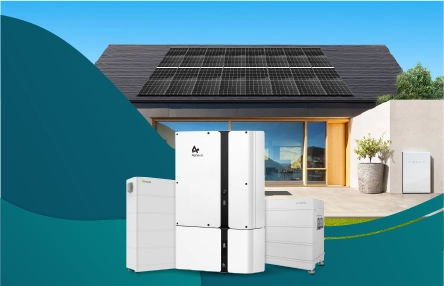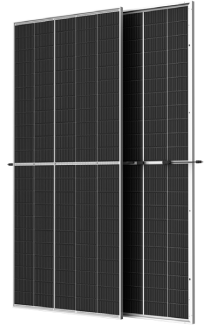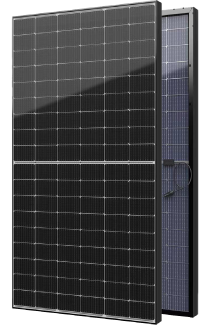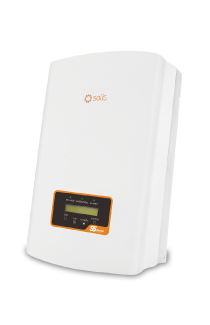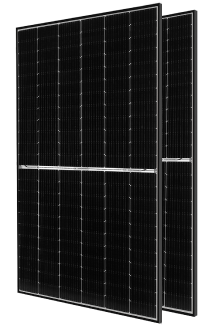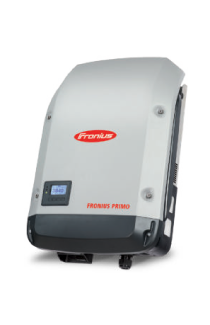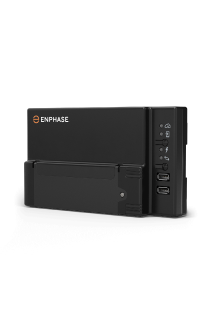Choosing the right solar battery storage system is an essential step toward maximizing energy independence and efficiency for your household. Whether you're planning to install a new solar battery system or expand an existing setup, understanding the fundamentals of sizing a battery system is critical. Let's dive into the key aspects that will help you determine the perfect size for your needs.
What is the Average Solar Battery Storage Size in Australia?
Australia is a global leader in solar adoption, and the average size of a solar system battery storage system varies based on household energy demands. A typical home might require between 5 kWh and 15 kWh of storage capacity. Smaller systems, like 5–7 kWh, are suitable for homes with modest energy use, while larger households or those seeking greater energy independence may need up to 20 kWh.
Factors like energy usage patterns, the capacity of your solar panels, and the desired backup duration during outages play significant roles in determining the right size.
Understanding Energy Needs and Solar System Battery Storage
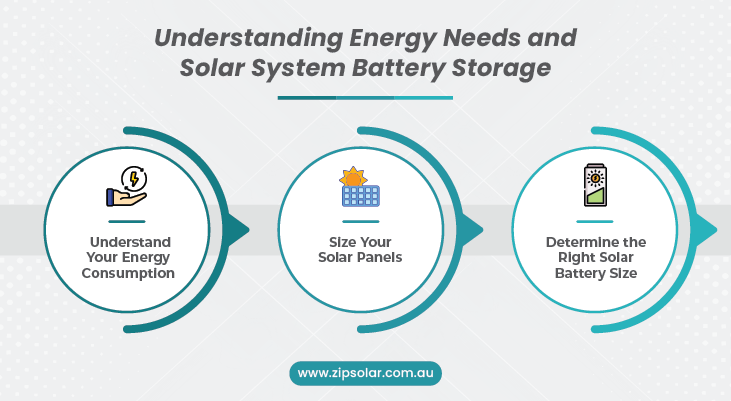
Sizing your solar battery system involves assessing several factors to ensure optimal performance:
1. Understand Your Energy Consumption
Start by analyzing your household's daily energy use. Check your electricity bills or install a smart energy monitor to get precise data. Pay attention to evening energy usage since this is when you'll rely mostly on stored solar energy.
2. Size Your Solar Panels
Your solar panel capacity directly affects the energy available for storage. A 6.6 kW solar system in Australia typically produces 25–30 kWh of electricity daily. If your solar panels generate significant surplus energy, you'll need a battery to store and utilize it efficiently.
3. Determine the Right Solar Battery Size
The ideal battery size should store roughly 70–90% of your surplus energy. For example, if your system generates an average surplus of 10 kWh per day, a 7–10 kWh battery would be appropriate.
How Much Energy Can Your Rooftop Solar System Produce?
The energy your rooftop system produces depends on its size, location, and weather conditions. In Australia, solar panels generate approximately 4–5 kWh per kW daily. This means a 6.6 kW system can produce up to 30 kWh on sunny days. However, seasonal variations and shading can impact output, so it's essential to calculate an average production rate when planning your solar battery storage system.
Government Incentives:
To alleviate upfront costs, both federal and state governments offer various incentives:
- Small-scale Renewable Energy Scheme (SRES): Provides Small-scale Technology Certificates (STCs) that can be traded to reduce installation expenses.
- State-Specific Programs:
- Victoria: Offers interest-free loans for solar battery installations, repayable over four years.
- New South Wales: Provides discounts on battery installations through accredited suppliers, with the amount based on the battery's usable capacity.
- South Australia: The Home Battery Scheme, which previously offered subsidies, has been discontinued.
Financial Considerations:
While incentives can substantially reduce initial costs, it's essential to evaluate the return on investment. Factors influencing this include:
- Electricity Usage Patterns: Aligning battery capacity with your consumption habits maximizes savings.
- Feed-in Tariffs: Earnings from exporting excess energy to the grid can offset costs.
- Battery Lifespan: High-quality batteries typically have warranties around 10 years, so the system should ideally pay for itself within this period.
For instance, a solar and battery system that provides annual savings would take approximately 10.5 years to recoup the investment.
Are You an Existing Solar Household?
For homeowners with an existing solar setup, upgrading to include a solar battery system can significantly enhance energy efficiency. Here's what to consider:
- Inverter Compatibility: Ensure your inverter is battery-ready. If not, you may need to upgrade to a hybrid inverter.
- System Capacity: Confirm that your system can support additional storage components.
- Grid Dependence: Assess how much energy you still rely on from the grid during non-sunny periods and aim to minimize this dependency with the right battery size.
Modern solar and battery systems are designed for seamless integration, making it easier to upgrade existing systems.
Expanding Energy Storage Capacity After Installation
A modular approach to solar system battery storage allows homeowners to expand solar energy storage capacity as needed. This flexibility is especially beneficial if you anticipate future energy needs, such as charging an electric vehicle or adding new appliances. Adding extra batteries to your system ensures you stay energy-independent while accommodating lifestyle changes.
How to Choose the Right Solar Battery Technology?
Not all solar batteries are created equal, and choosing the right technology is just as important as sizing.
1. Lithium-ion Batteries
Lithium-ion is the most popular choice due to its long lifespan, high efficiency, and compact size. These batteries can last over 10 years with thousands of charge cycles.
2. Lead-acid Batteries
While more affordable, lead-acid batteries have a shorter lifespan and lower efficiency, making them less ideal for long-term use.
3. Hybrid Batteries
Hybrid batteries combine storage and backup capabilities, making them an excellent option for homes in areas with frequent power outages.
Benefits of Solar Energy System with Battery
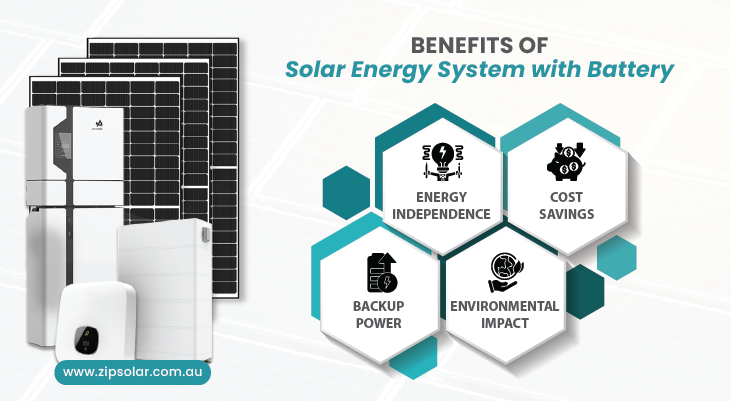
Investing in a solar and battery system offers several advantages:
- Energy Independence: Reduce or eliminate reliance on the grid.
- Cost Savings: Store surplus energy to avoid purchasing electricity during peak hours.
- Backup Power: Maintain power during outages, especially for critical appliances.
- Environmental Impact: Minimize your carbon footprint by using clean energy more effectively.
Considerations for Off-Grid vs. Grid-Connected Systems
Off-grid systems require larger batteries to provide consistent power, as there's no grid backup. In contrast, grid-connected systems allow for smaller batteries since the grid serves as a secondary source of electricity. Discuss your preferences with a solar expert to determine the best approach.

Conclusion
Choosing the right solar and battery systems size involves a careful assessment of your energy needs, solar system capacity, and future requirements. Whether you're installing a new system or upgrading an existing one, the right battery ensures optimal efficiency, cost savings, and energy independence. At Zip Solar, an NETCC-approved seller in Australia, we offer customized solar batteries to suit every household's unique needs. Contact us today to explore our solutions and take the first step toward a brighter, greener future!

